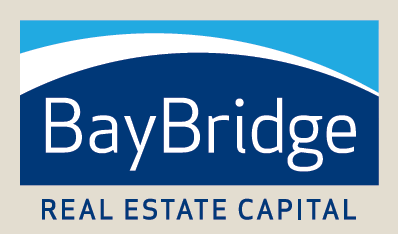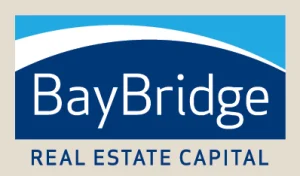Retail Rebound
After years of cautiousness, institutional money is trickling into the retail sector. Amid the pandemic, retail space’s resilience demonstrated its occupancy, tenant-demand rebound and rent growth strength. Today, owing to the high costs of capital and a lack of new construction, shopping center foot traffic is on the rise, and vacancies are minimal. During Q2 […]
Multifamily Mark to Market
In response to the economic impact of the pandemic, central banks around the world implemented historically low-interest rates as part of their monetary policy measures. The logic was to stimulate economic activity and encourage borrowing and investment during times of economic uncertainty. With central bank rate cuts, interest rates reached all-time lows, which led to […]
Texas Housing
Texas is renowned for its low regulation, favorable tax policies and affordable cost of living. These factors have contributed to its emergence as the ninth-largest economy in the world by nominal GDP. However, as Texas’ economy continues to flourish, the cost of living in the state has steadily increased, leading to a growing housing crisis. […]
Distressed Assets and Industry Outlook
The commercial real estate market faces a wave of distressed assets and a looming wall of maturities. The market anticipates approximately $270 billion in maturities from traditional bank lenders by the end of the year. Combined with a record number of commercial mortgage-backed securities (CMBS) maturing this year and the following, the industry is bracing […]
Summer Hotel
The question of whether rising interest rates will push the United States into a recession continues to be the topic of daily economic debate. However, executives from major hotel conglomerates do not appear to share these fears. Despite acknowledging the potential concerns, they believe the hotel sector could avoid a downturn due to revenge spending […]
Alternative Lenders
The 2007-2008 financial crisis rejuvenated non-bank, alternative lenders in commercial real estate. In a time when credit and liquidity requirements restrained banks, experienced financial professionals found creative solutions to circumvent traditional banking regulations. Consequently, the alternative financier became a viable capital source when banks were hesitant to loan despite quantitative easing policy and interest rates […]
Self-storage Market
The self-storage sector witnessed a significant surge in institutional popularity over the past decade. Although REITs dabbled in self-storage for some time, the past several years have brought a flood of established investors. A combination of rising consumer popularity and a cost-friendly business model ramped up investor demand. Traditionally, the self-storage market maintained a mom-and-pop […]
Senior Housing Market
The senior housing market is slowly rebounding from pandemic record lows. The sector experienced a 10 percent overall decrease in occupancy rates by Q1 2021. Initially, regulations imposed to avoid overcrowding and the general fear of shared spaces within a vulnerable community caused demand to decline sharply. Overall occupancy is now bouncing back above 83 […]
Student Housing Surge
Student housing has become an increasingly attractive asset this past year. Pre-leasing numbers, current occupancy rates and year-over-year growth reached near all-time highs, indicating a robust market. In contrast to the plateaued multifamily housing market, student housing just experienced an average yearly rent surge of around nine percent. This acceleration is likely attributed to higher […]
Interest-Rate Caps
Real estate investors with floating-rate loans will purchase rate caps as insurance from rate hikes and increased debt service. In fact, many commercial mortgage-backed security (CMBS) lenders will require their borrowers to purchase rate caps. If the Secured Overnight Financing Rate (SOFR) rises above a predetermined strike rate, the cap is considered “in the money,” […]

